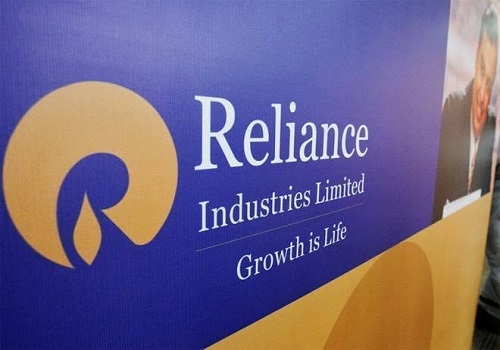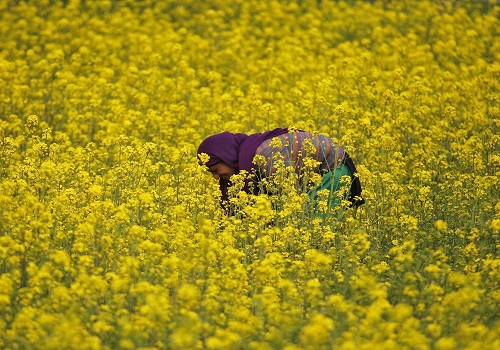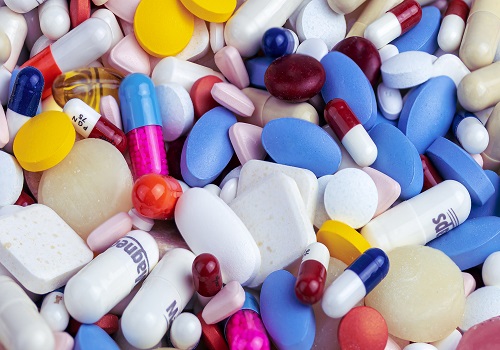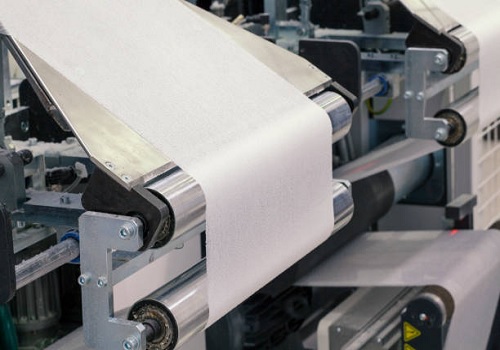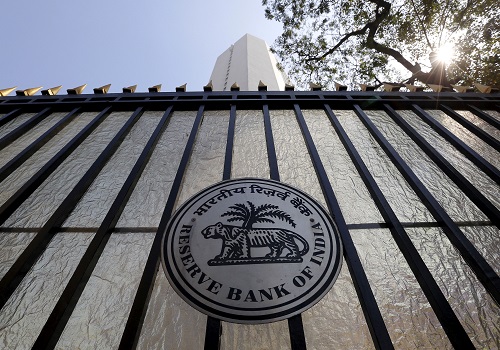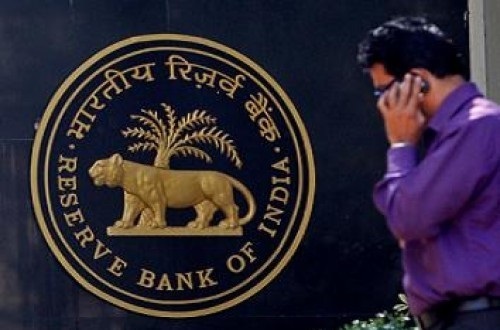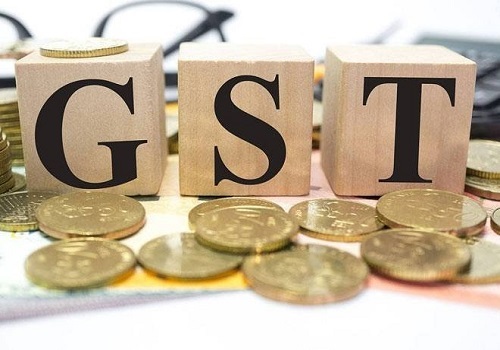Perspective on CPI announcement by Krupesh Thakkar, ITM B-School
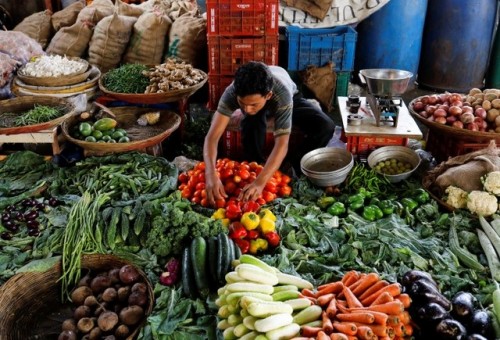
Follow us Now on Telegram ! Get daily 10 - 12 important updates on Business, Finance and Investment. Join our Telegram Channel
Below are Perspective on CPI announcement by Prof. Krupesh Thakkar, CFA, HoD - Financial Markets, ITM B-School
“The final month CPI of this fiscal, March 2021 has risen to 5.52% vs 5.03 % in February 2021 and 5.84% in March 2020. On a sequential basis it rose only by 0.1%.
So, the main reason for the elevated yearly inflation figure is the higher base as it has been for last month too. Last year the CPI fell by 0.3% on a month-to-month (m-o-m) basis to 148.6. That means, even if the inflation index would have been the same as February 2021, i.e., 156.6 in March 2021, the yearly CPI would have been 5.4%.
The respite has come from the fall in food and beverages group and also combined food index, both of which have been down by 0.3% on a m-o-m basis, owing to sharp fall in prices of vegetables.
However, the spillover impact of rise in wholesale price index has been evident in rising prices of fuel group which has risen by 2.1% on a sequential basis followed by Clothing & Footwear 0.4% and housing by 0.1%.
Finally, the core inflation stood at 6.0% vs 5.9% in February 2021.
What lies ahead with latest developments:
In the recently announced policy, RBI MPC had decided to continue with the accommodative stance as long as necessary to sustain growth on a durable basis and continue to mitigate the impact of COVID-19 on the economy, while ensuring that inflation remains within the target going forward.
The last part suggested that controlling inflation still would be the second priority of RBI. Nonetheless, if the CPI persists above RBI’s upper ceiling of 6%, then the picture might change. However, if one goes by RBI’s projection of CPI, it expects CPI to be 5.2% in Q1 and Q2 of FY22. Also, the Q4FY21, inflation has been at 4.9%, matching the RBI’s revised target of 5.0%
Now, the obvious concern would be whether the fresh rise in covid cases and possible locked down will result in supply disturbance and increased operating costs prices. Of course, the upside risks are there owing to supply chain disruptions ,rise in crude oil and other commodity prices. Also, if the economy improves, we can possibly see the pass-through of input costs to consumers. On another hand, the silver line can come from improving supply of food items and normalising the supply chain one Covid-situation improves.
As we can see, the same inflation contributing factors which can go either way will determine the direction of inflation. To conclude, till the CPI is within RBI’s upper cap of 6%, there should be no over worries. But if the CPI hovers above it, then as mentioned by RBI in its Currency and Finance report, ‘tolerance of 6%-plus inflation can be harmful to growth’. Till that time supporting growth would be the priority.”
Above views are of the author and not of the website kindly read disclaimer










Tag News

Monthly Debt Market Update, September 2023: CareEdge Ratings





 320-x-100_uti_gold.jpg" alt="Advertisement">
320-x-100_uti_gold.jpg" alt="Advertisement">

